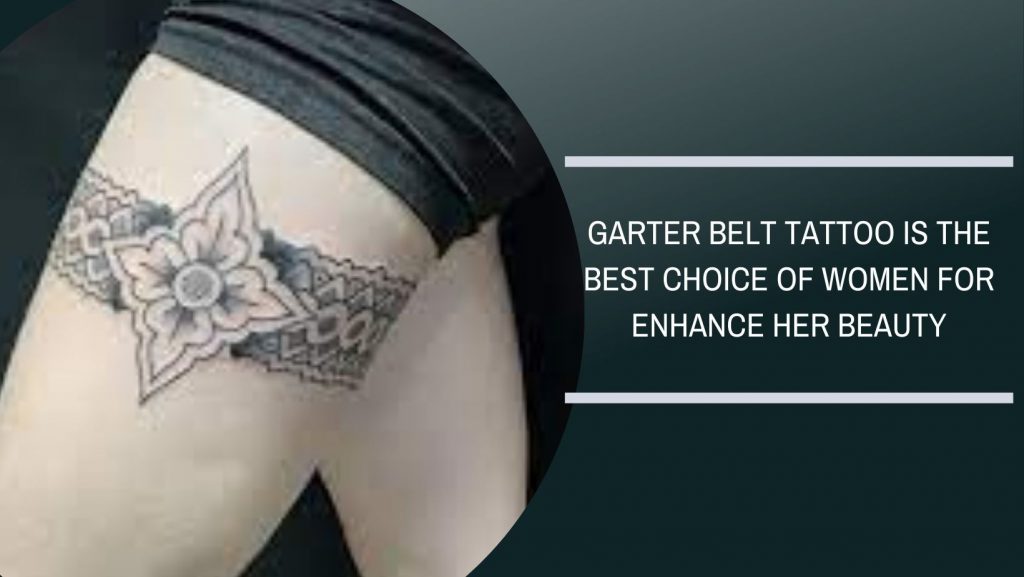Key Takeaways
- Chain necklaces carry a rich historical legacy and have remained significant in various cultures.
- Creating chain necklaces has evolved with advancing technologies and fashion trends.
- Modern sustainability and ethical practices are shaping the future of jewelry making, including chains.
Chain necklaces have been a symbol of beauty, power, and status for thousands of years. This form of jewelry, as versatile as it is venerable, has made its way through the annals of history to adorn the necks of modern style icons. Whether made of precious metals or alternative materials, the chain remains a fundamental piece of jewelry. Its function and meaning have evolved, but its enduring presence speaks volumes about its intrinsic value and universal appeal. This exploration delves into the origins, symbolism, and continual reinvention of the beloved chain necklace.
The Origin of Chain Necklaces in Ancient History
The earliest chain necklaces were more than mere decoration; they were a medium for self-expression and storytelling. Ancient Egyptians, known for their detailed hieroglyphics and exquisite craftsmanship, often buried their most distinguished with elaborate chains to display their accomplishments in life and ensure their status in the afterlife. Similarly, in ancient Sumer, pieces often conveyed a divine connection, with intricate chains in temple ruins suggesting a purpose beyond the ornamental.
The art of goldsmithing in these ancient societies was a revered craft, substantially contributing to civilizations’ social and economic frameworks. With each passing era, the significance of chain necklaces and the ingenuity behind them would only increase, eventually spreading across continents and influencing a range of cultures.
Craftsmanship Through the Ages
Medieval and Renaissance Europe marked a golden age for jewelry craftsmanship, with chain necklaces taking center stage. Artisans would spend lifetimes perfecting the art of chain making, experimenting with techniques that ranged from weaving flat chains into complex patterns to twisting wires into spiral forms—each method leading to a unique aesthetic. Chain necklaces of this period were no longer just personal ornaments but grand expressions of an artisan’s skill and societal wealth.
Royal courts across Europe would often commission magnificent chains as tokens of loyalty and knighthood. These chains were extravagant in their use of precious metals and symbolic representation of power and alliance among the noble classes.
The Industrial Revolution and Mass Production
The Industrial Revolution heralded significant changes to the jewelry industry as new machinery allowed for the rapid production of chain necklaces. This technological leap meant that beautiful, durable, and intricate chains could be owned by wealthy and ordinary people. The newfound accessibility and variety of designs led to chain necklaces becoming a staple accessory in everyday fashion for a much wider audience, thus democratizing the joy and expression of wearing jewelry.
Over time, as fashion trends ebbed and flowed, the versatility of the chain necklace allowed it to adapt and remain relevant. Whether boldly statement-making or elegantly understated, chains could be found gracing the store windows of high streets and the displays of boutique jewelers alike, ready to catch the eye of the discerning shopper.

Iconic Moments in Chain Necklace History
The 20th century saw chain necklaces emerge frequently at the forefront of fashion, often due to their prominent display by cultural icons. Stars like Marilyn Monroe, Elizabeth Taylor, and later on hip-hop moguls elevated the simple chain to an emblem of glamour and status. Movies and television would capture these moments, etching them into the cultural consciousness and cementing the chain necklace as an accessory for those wishing to make a statement.
These iconic moments underscore visual media has a powerful influence on the evolution of chain necklace styles. As a responsive accessory to the times, chains took on new meanings and connotations, reflecting social movements, music genres, and youth culture throughout the decades.
Modern Innovations in Chain Design
Today, jewelry design and manufacturing advancements have enabled a new era for chain necklaces. Lightweight, robust materials like titanium and stainless steel have joined traditional gold and silver, offering shoppers diverse choices and affordability. Additionally, advancements in 3D printing and laser cutting have allowed for unprecedented detail and customization in chain designs, fitting perfectly with the era of personal branding.
Designers can now experiment with variable thicknesses, colors, and interlocking patterns, creating chains that reflect the identity and taste of the wearer. With the rise of digital marketplaces and social media platforms, individuals find it easier than ever to find and own a piece of jewelry that resonates with their unique aesthetic and values.
Choosing the Perfect Chain Necklace
Selecting a chain necklace is a highly personal and stylistic decision. For example, the length of the chain can alter the entire dynamic of an outfit, with chokers offering a modern edge, while longer chains suggest classical elegance. Likewise, the choice of metal can influence the visual impact and the occasion for which the chain is suited. A heavy, ornate gold chain may be fitting for a gala, whereas a thin, subtle silver piece could be more appropriate for daily office wear.
The pattern of the chain links also plays a crucial role. Traditional cable chains are versatile for everyday wear, while more intricate herringbone or Byzantine styles offer a touch of luxury and intricacy. Furthermore, including charms or pendants can add a further layer of personality and narrative to the piece.
The Cultural Resurgence of Chains in Today’s Fashion
Contemporary influencers and trendsetters’ adoption of chain necklaces has reignited interest in this accessory. The shadow of past opulence, once intrinsic to the chain, has given way to a new wave of casual, eclectic styles as seen in street fashion and runway shows around the globe. This renaissance of the chain necklace resonates with today’s cultural attitudes toward personal expression and nostalgia, with vintage styles returning to vogue. It’s to such an extent that The New York Times has covered how celebrities and digital influencers have catalyzed the return of chains as a prominent fashion statement.
Sustainability and Ethical Considerations in Jewelry Making
Beyond aesthetics, modern shoppers often prioritize ethical sourcing and sustainability. The conversation around the environmental impact of mining and fair labor practices has crescendoed in recent years, and the jewelry industry, including chain necklace producers, has responded with increased transparency and ethical initiatives. Consumers can now choose chains crafted from recycled materials or companies that ensure fair wages and safe working conditions, aligning their fashion choices with their values. In this context, The Guardian regularly sheds light on how companies across the globe are adopting eco-friendly practices and the importance of these shifts within the industry.
Conclusion
The chain necklace’s journey from the realms of ancient artisans to the digital age of customized jewelry is a profound testament to its versatility and enduring appeal. What started as a mark of wealth and status has transformed into a universally loved accessory, sought after for its ability to adapt to changing styles and individual tastes. As we advance, the commitment within the jewelry industry to adapt and innovate while maintaining ethical standards in production ensures that chain necklaces will remain a cherished adornment for generations to come.




